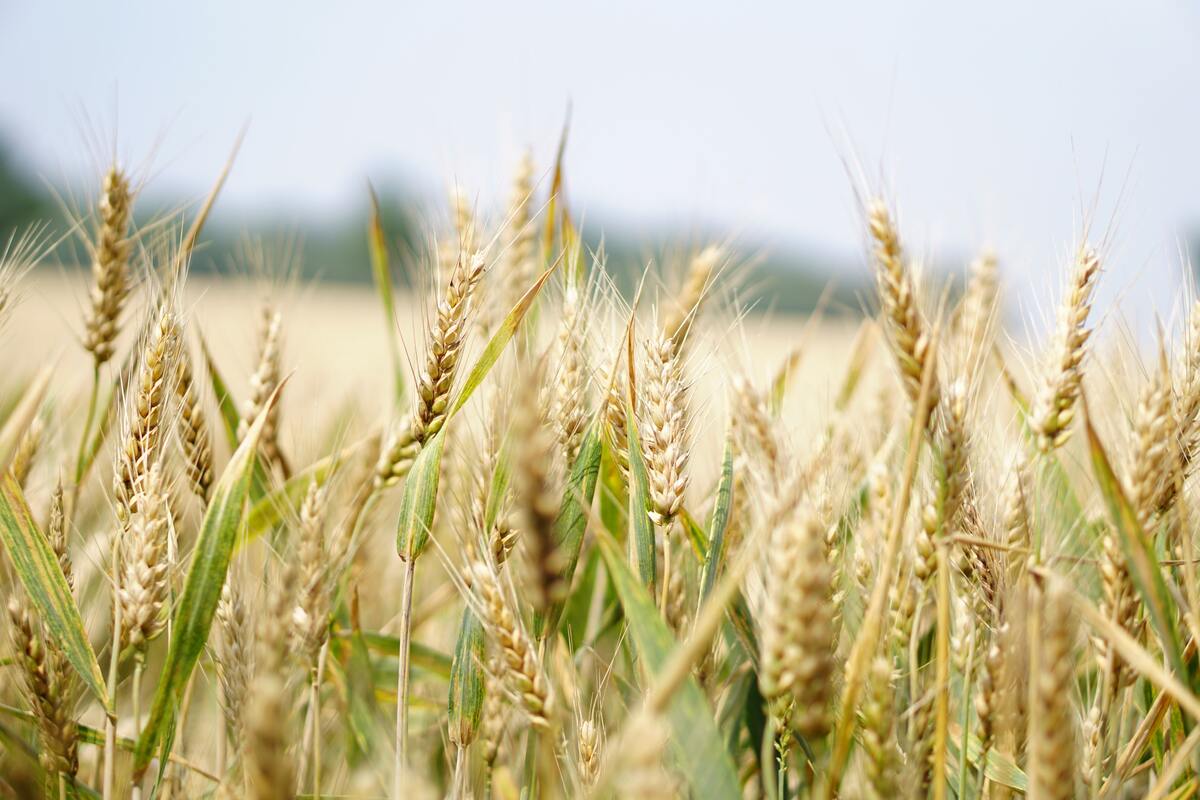
Blogs
Will specialization in agriculture lead to an increase in income in Kazakhstan?
21 August 2020


Aliya Kussainova
Marta Tolebayeva
The role of agriculture in the development of the country depends on various factors, like geographical location, availability of natural resources, level of economic development, natural and climatic conditions, etc. The priority of agricultural development should be based on an understanding of the specific opportunities of the local context and the formed expectations for economic growth.
In our digest “Agriculture in Kazakhstan. Part 2” (crcons.com/rus/agriculture_in_Kazakhstan_2) we have already said that the agricultural sector is not yet a driver of Kazakhstan's economy. However, it is assumed that the growth of agricultural production in the framework of the State Program for the development of the agro-industrial complex for 2017-2021 will become the basis of the "element of diversification".
We decided to check how much Kazakhstan really specializes in agriculture. To determine the level of specialization of agriculture, an index of the revealed comparative advantage (RCA) of countries in terms of output was calculated. Note that this indicator is the closest to calculating the real competitiveness of countries by industry, since it takes into account not only international trade data, but the production of countries as a whole.
Kazakhstan, according to this indicator, has a relatively high level of specialization in the sector – 1,3. Does this mean that this sector has great prospects for becoming a driver of the economy?
The answer is no.
When comparing this indicator with GNI per capita, there is a clear trend – the higher the level of specialization of the country in agriculture, the lower the GNI per capita.
This is also confirmed by international practice, where the importance of the agricultural sector in the economy (the share of the industry's GVA to the country's GDP) decreases as countries become richer. In poorer countries, the high role of the agricultural sector is due not only to economic growth, but also to the gradual reduction of poverty and hunger, thereby increasing the role of food security of the state.
For Kazakhstan, this may mean two possible variants of development from the initial state.
First: Kazakhstan retains the current level of specialization in agriculture, but has the potential to increase GNI per capita to the level of Lithuania and Estonia (USD 19 – 24 thousand).
Second: Maintaining the current level of GNI per capita of USD 9 thousand, however, increasing specialization in agriculture to the level of Malaysia (~1.9).
The economic contribution of agriculture to the economy of Kazakhstan over the past 10 years has maintained a stable position at the level of 4.4-4.6% of GDP. (As a comparison, as of 2019, the share of agriculture in the GDP of Lithuania is 3.0%, Estonia is 2.9%, and Malaysia is 7.3%.) Even with the further implementation of the state policy for the development of agriculture as a "driver of the economy", increasing specialization in agriculture based on the intensification of agricultural production and export orientation is, first, difficult while maintaining a relatively stable contribution of other industries, and secondly, counterproductive if we are talking about a qualitative increase in income of the population.
all publications











